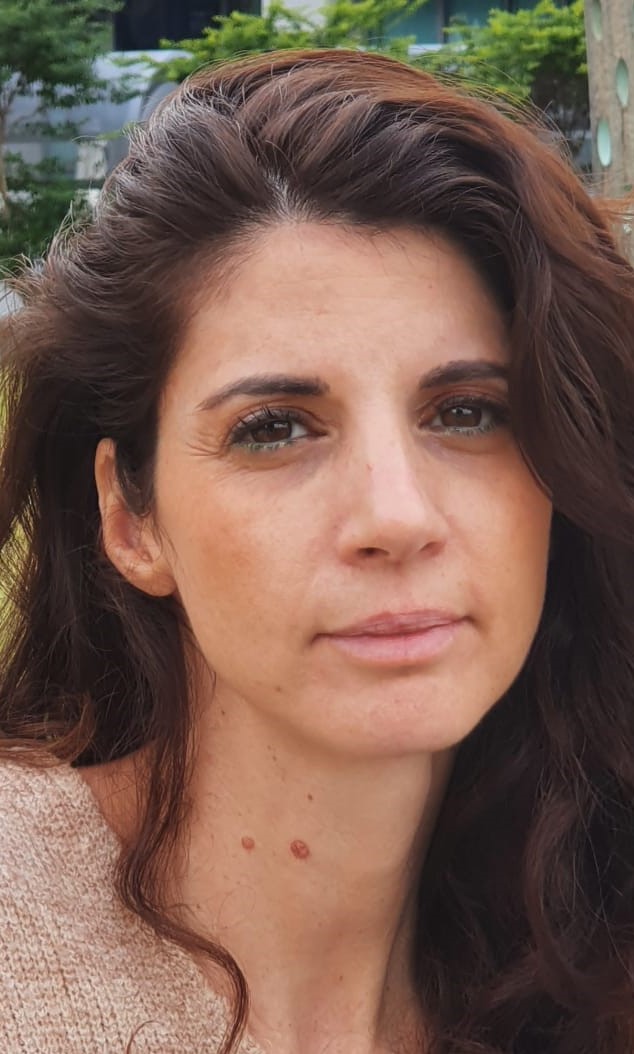You’re making breakfast, getting your kids to school, going to work, sitting through a long day, picking up your kids from school, buying your groceries, making dinner, doing laundry, and the list of tasks seems to never end. All day you have pain shooting through your body, screaming for your attention at every moment. The physical toll on your body is excruciating and exhausting, and the mental strength needed to keep going feels fragile. As the day rolls on, irritability, anger, frustration, and sadness creep in. The tasks get more rushed, your focus is crumbling, and each minute you feel like you have less to give. By the time you crash into bed at day’s end, to get what’s often an uncomfortable, restless sleep, you first go through the panic and despair of knowing that tomorrow will likely be the same. You slip into survival mode, constantly locked in a battle against the fear and trauma of chronic pain, and all that comes with it.
The consuming nature of our life with chronic pain can often be much like a mountain, at the bottom of which we find ourselves standing. Standing at the foot of a mountain, all we can see in front of us is a rock wall. It isn’t until we take some distance that we are able to see the mountain in its entirety. The overwhelming nature of our pain means that we might not have enough space to get a clear look at our situation and how we are responding to it. To live a more full and intentional life with chronic pain, we can benefit from finding ways to slow the frenzied chaos of existing in survival mode, even for a moment. But how can we do that?
Getting some space
When we don’t have the time or energy to sit and meditate, focus on our breathing, or visualize ourselves in our happy place, we need more practical ways to get out of the chaos and into the present moment. Awareness, acceptance, acknowledgement, and the insight we can gain into ourselves through brief moments of shifting our attention can make a profound difference. Imagine the nightmare day again, with one addition: A brief pause – a few seconds to slow down and make note of all the sensations, thoughts, feelings, and emotions that are swirling around.
Sometimes, the relentlessness of a life with chronic pain can subtly steal our agency to choose how we respond to life’s demands. Physically and emotionally flooded, we react instinctively, latching on to negative feelings and thoughts, and unintentionally feeding them when we might be able to find ways to validate and soothe them. If in a crazy moment, we can take a mental step back and observe what’s happening, without reactively responding, we can reclaim our choice of how we want to manage the storm of chronic pain. We can find some quiet presence amidst the deafening loudness of our physical and mental agony.
What does developing this silent, witnessing aspect of ourselves look like practically?
The fear, trauma, and overwhelming feelings of a life with chronic pain are like furniture in a dark room. Without the ability to see properly, we’re bound to stub our toes. We don’t need to bubble wrap our homes, or get rid of our furniture – turning on the light will do. When we pause and take a second to watch our sensations, feelings, and thoughts, we put them in the light of our awareness, and can avoid painfully bumping into them. Our chronic pain is not optional, but we may be able to calm the reactive negative feelings and emotions that arise alongside it by becoming aware of their presence.
If in the midst of a painful flare-up, when we’re only half way through our to-do list, we can quietly turn inwards and watch our anger, frustration, and weariness rising, we can run through a very brief process that might look something like this:
- Pause.
- Watch and take note of what’s happening inside our minds and bodies – “I’m in agony, and I’m getting really overwhelmed, angry, and tired.”
- Accept, acknowledge and validate – “It’s okay and it makes sense that I’m feeling this way. This is really hard.”
- Choose an intentional next step
Sometimes, this pause is enough to allow the intensity of the moment to subside a bit, and we find that we have an ability to choose our next step forward with a bit more clarity and calmness. Maybe we need to adjust our plans, consider taking a painkiller, schedule a warm bath into our day instead of a less pressing task, or take a much needed break. We might see that while the pain is not something we can choose, we don’t necessarily have to act out the emotions. However, a lot of the time this might not be realistic, and that’s okay too.
What helps us make the best use of an intentional, introspective pause?
Showing ourselves patience, forgiveness, compassion, and kindness goes a long way. We’re all human. Sometimes, even with our best efforts, we struggle to summon the resources needed to apply a grounding, centering, or witnessing technique. During a particularly bad pain flare up, it may be too big a task to try to focus our awareness on what’s going on inside our bodies and minds. That’s okay. The gift of practices that increase our watchfulness and sensitivity to our own functioning is that we can always review a situation after the fact. If we look back and pay attention to what was going on inside us at the time, there will surely be lessons to be learned that can help us in the future.
Shine a light
On a construction site there are many tools, and each has its own function. A hammer can’t do a screwdriver’s job, and a drill can’t replace a wrench. However, there is one piece of equipment on every job site that is essential for work to be done properly. We can’t work properly if we can’t see properly, and for that we need a good light. A quiet, grounded, and intentional space from where we can witness and observe our behaviors, bodies, and minds, can be an illuminating light that provides us with the most empowering tool of all: information. With that information, we can make choices regarding how we manage our pain with clarity. We can create a valuable buffer zone between our experiences and our reactions. We can live a life where we see the whole mountain, not just the rock wall.





